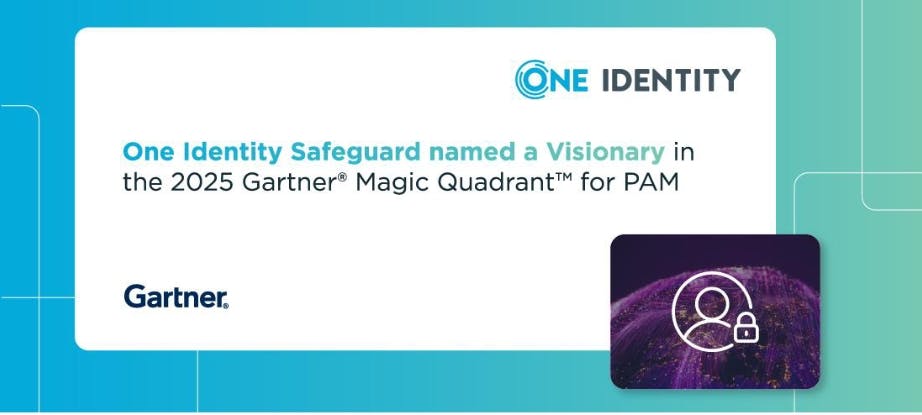There’s nothing artificial in this story. I even resisted a temptation to generate an image. Yet, everything you’ll see and read is about AI. Let me be a bit more precise.
I’m going to tackle the AI’s Achilles’ heel. You see, AI doesn’t need to eat and drink, but it needs funding to survive and thrive. Everything about AI is exciting, and let’s not forget – very expensive.
“The latest AI models are doing more “thinking,” especially when used for deep research, AI agents, and coding. So while the price of a unit of AI, known as a token, continues to drop, the number of tokens needed to accomplish many tasks is skyrocketing.”
And, who is and has always been every AI’s best friend? That’s an easy one – startups. There’s no need to ask how many startups are either using or relying on AI because every other startup in 2024 was an AI-related one.
We’re back to square one. Who, how, and when is going to pay for the AI party?
Show Me The Money For My AI Honey
AI startups are struggling to ensure funding. “Stories of startups that raised VC funding seem to dominate financial headlines, but in reality, only about five in 10,000 startup businesses receive venture funding—less than 0.05%, according to Fundera. To put that into perspective, a professional golfer has about the same odds of getting a hole-in-one during their career (according to the National Hole-in-One Association) as you do of getting funding from venture capitalists.”
Of all the amazing things we could’ve done with the help of AI, we’ve come down to image and video generation obsession. My best and not-so-wild guess is that these types of startups have no problem putting money where their mouths are. If you see the lucrative light at the end of your AI development tunnel, you’re going to fund it yourself, this way or another.
But, what about AI startups that aim to make our world a better and healthier place? “AI-focused startups captured 62% of all digital health venture funding in the first half of the year.” That’s awesome, especially when you compare it to the previous year, when it was around 50%. Unfortunately, that’s not the whole picture. “Helping people live better, healthier lives is a great mission. But nearly 56% of these startups still fail within five years.”
HealthTech startups are the most valuable, but also the most expensive ones. So, one in two will fail. If you don’t ensure funding, that’s mindblowing; you’ll fail 100%.
What if you can’t play a waiting game? The spray-and-pray business model doesn’t work in the AI HealthTech industry. So, what are all those founders with noble goals supposed to do?
AI Profit Sharing Agreements
I have a law degree and an additional personal incentive for AI Profit Share Agreements to work. What are these agreements all about? Einstein said that if you aren’t able to explain something simply, you don’t understand it well enough.

Let’s give it a try with a golden retriever option. I’m launching a startup and I can’t wait, or I have some other legit reason. I’m offering a profit share agreement to all investors supporting my startup. Sharing is caring, and in this case, it’s all about surviving and developing. You’d be surprised how many startups have the AI profit-sharing agreement option displayed on their website’s homepage. Just Google it and see for yourself.
I already told you that I’m personally invested. The pandemic marked my family for life. That’s why I’m all about the prevention of similar events in the future. Instead of wasting our breath on discussions about vaccines, we should focus on “advanced models that can analyze vast amounts of biological and environmental data to detect patterns related to the spread of pathogens.”
Prevention is better than any cure. We should break any outbreak while it’s still a possibility, no matter how small. The only way to do is to play and win in a prediction game. AI isn’t a helping, but a life-saving hand in these scenarios:
“Experimental validation using real-world datasets demonstrated that SmartHealth-Track achieves high accuracy, with an outbreak detection accuracy of 92.4%, wearable-based fever detection accuracy of 93.5%, AI-driven contact tracing precision of 91.2%, and AI-enhanced wastewater pathogen classification accuracy of 94.1%. The findings confirm that AI-driven real-time surveillance significantly improves outbreak detection and forecasting.”
If this looks and sounds too abstract, here’s a video that illustrates how people, robots, and drones work together with an AI at the heart of pathogens detection and spread prevention:
If an AI profit share agreement is a way to eliminate health risks, then I’m all for it.









